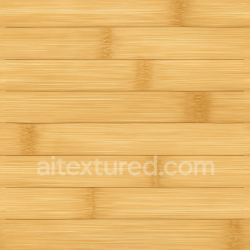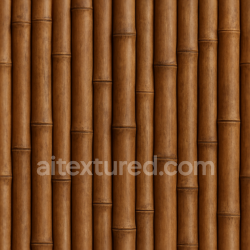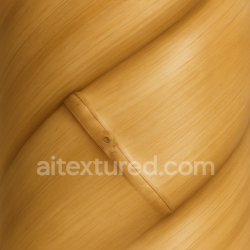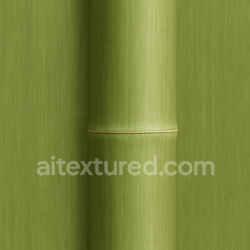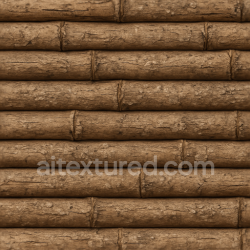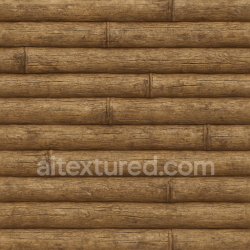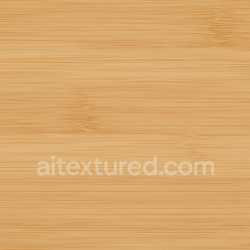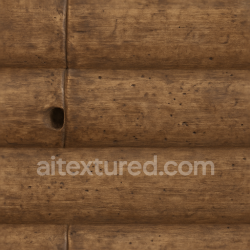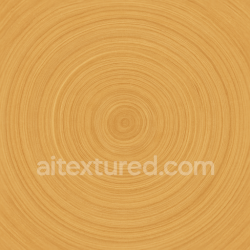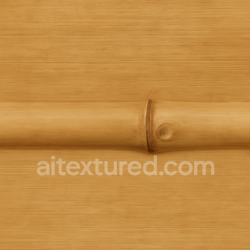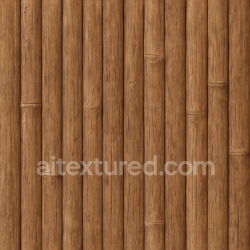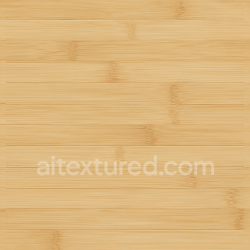Brick Seamless PBR Textures – Free 4K PNG Materials for Architecture and Games
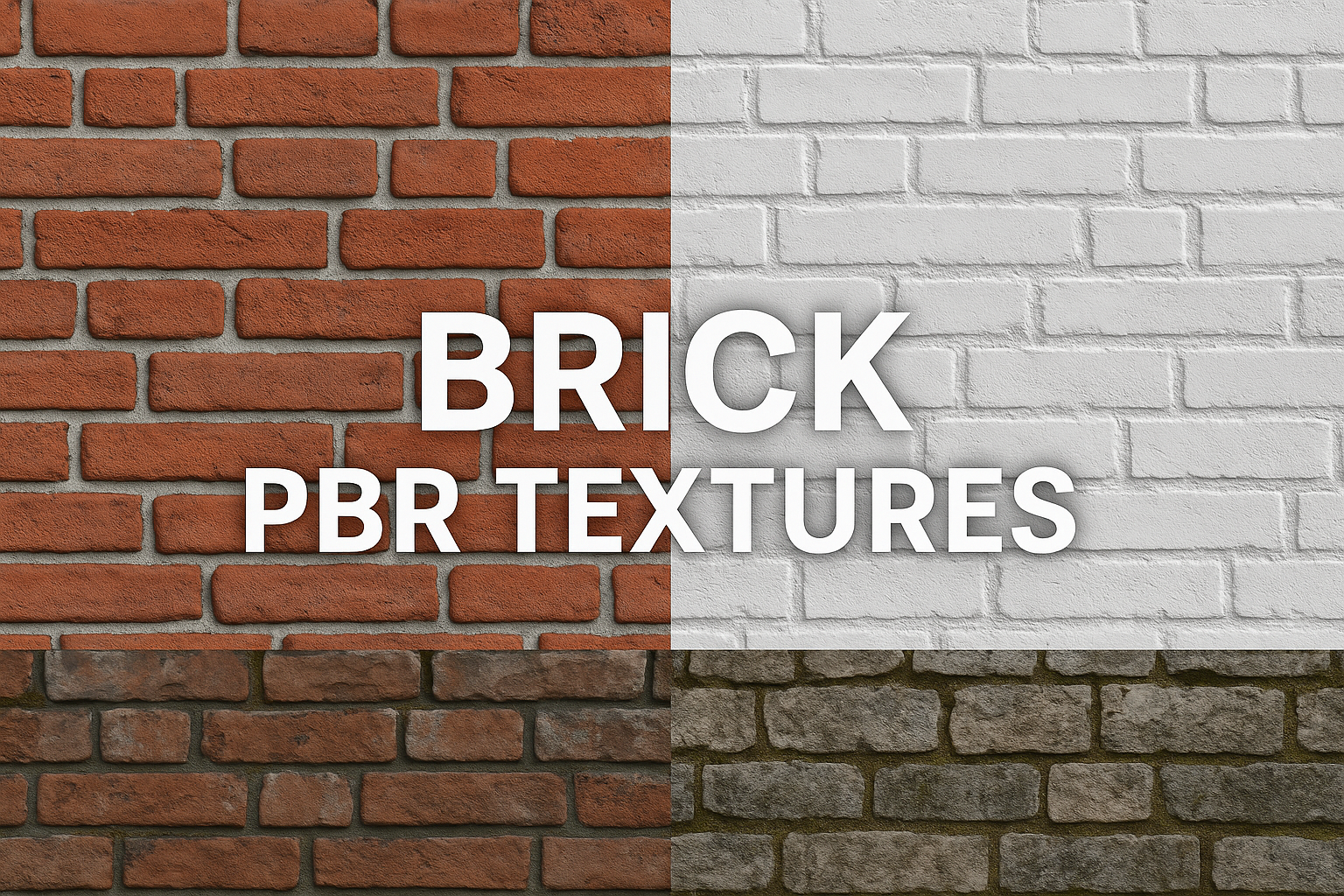
1. Why Brick Textures Are Essential
Bricks are universal. They have been used for thousands of years, from ancient Mesopotamia to today’s skyscrapers. In 3D, brick textures play a critical role because walls, facades, streets, and ruins are often focal points in a scene. Without detailed PBR textures, brick walls look flat and unconvincing. With properly built materials, they add:
- Historical depth – ruins, castles, and medieval towns come alive with aged bricks.
- Modern realism – red and white bricks for urban environments and residential houses.
- Industrial style – rough factory walls, loft interiors, and abandoned warehouses.
- Fantasy worlds – stylized bricks for castles, dungeons, or game levels.
2. PBR Maps for Brick Textures
Each brick texture comes with a set of PBR maps designed for physically accurate rendering:
- Albedo: Base color of bricks without baked shadows.
- Normal: Adds relief for mortar, cracks, and uneven surfaces.
- Roughness: Controls glossiness; dry bricks are matte, wet ones slightly reflective.
- Height / Displacement: Enhances depth of gaps and protruding bricks.
- AO (Ambient Occlusion): Strengthens shadows in cracks and between mortar.
- ORM: Optimized map for real-time rendering.
3. Types of Brick Textures in the Collection
The Brick section contains a wide variety of subtypes:
- Red brick walls – the most common for urban buildings and streets.
- Painted white bricks – popular in loft and modern interiors.
- Aged and weathered bricks – for ruins, castles, and post-apocalyptic settings.
- Medieval masonry – stone blocks for historical or fantasy projects.
- Decorative facades – bricks with patterns and refined finishes.
- Industrial bricks – rough, dark surfaces for factories and warehouses.
- Stylized fantasy bricks – exaggerated patterns for game design.
4. Use Cases in 3D Projects
Brick textures are highly versatile and used across industries:
- Architecture Visualization: Accurate facades, walls, and exterior designs.
- Game Development: Urban levels, medieval castles, ruins, and dungeons.
- Film & Animation: Realistic environments, set design, and storytelling.
- Interior Design: Loft-style apartments, decorative walls, and modern offices.
- VR & AR: Immersive spaces with natural detail and authenticity.
5. Using Brick Textures in Popular Software
Blender
Import ZIP archives and connect textures via Principled BSDF Shader. Use Displacement for detailed walls and mortar depth.
Unreal Engine
Apply ORM maps for efficient rendering. Perfect for open-world cities, historical ruins, and industrial levels.
Unity
Use Albedo, Normal, and Roughness maps. Invert Roughness to Smoothness for Unity HDRP/URP compatibility. Adjust tiling for large walls.
Maya / 3ds Max / Cinema 4D
Brick maps integrate seamlessly with V-Ray, Corona, and Redshift for photorealistic rendering in both interiors and exteriors.
6. Tips for Realistic Brick Materials
- Scale accurately: Ensure bricks match real-world proportions.
- Use variation: Blend clean and weathered bricks for realism.
- Mix with moss or dirt: Add overlays for natural aging.
- Play with lighting: Side lighting emphasizes displacement and cracks.
- Combine textures: Use different brick patterns for diversity in urban design.
7. Why Download from AITEXTURED?
The Brick section provides free seamless textures in PBR 4K PNG format. Each download is packaged in a ZIP archive containing all necessary maps (Albedo, Normal, Roughness, AO, Height, ORM). Optimized for both real-time performance and cinematic quality, they fit perfectly into pipelines for Blender, Unreal Engine, Unity, Maya, and more.
8. Conclusion
Brick is one of the most timeless and versatile building materials, symbolizing strength, history, and design. With PBR brick textures from AITEXTURED, you can create stunningly realistic environments – from ancient ruins to modern cities. Explore the full Brick Textures library and bring architectural authenticity and atmospheric detail to your projects today.
